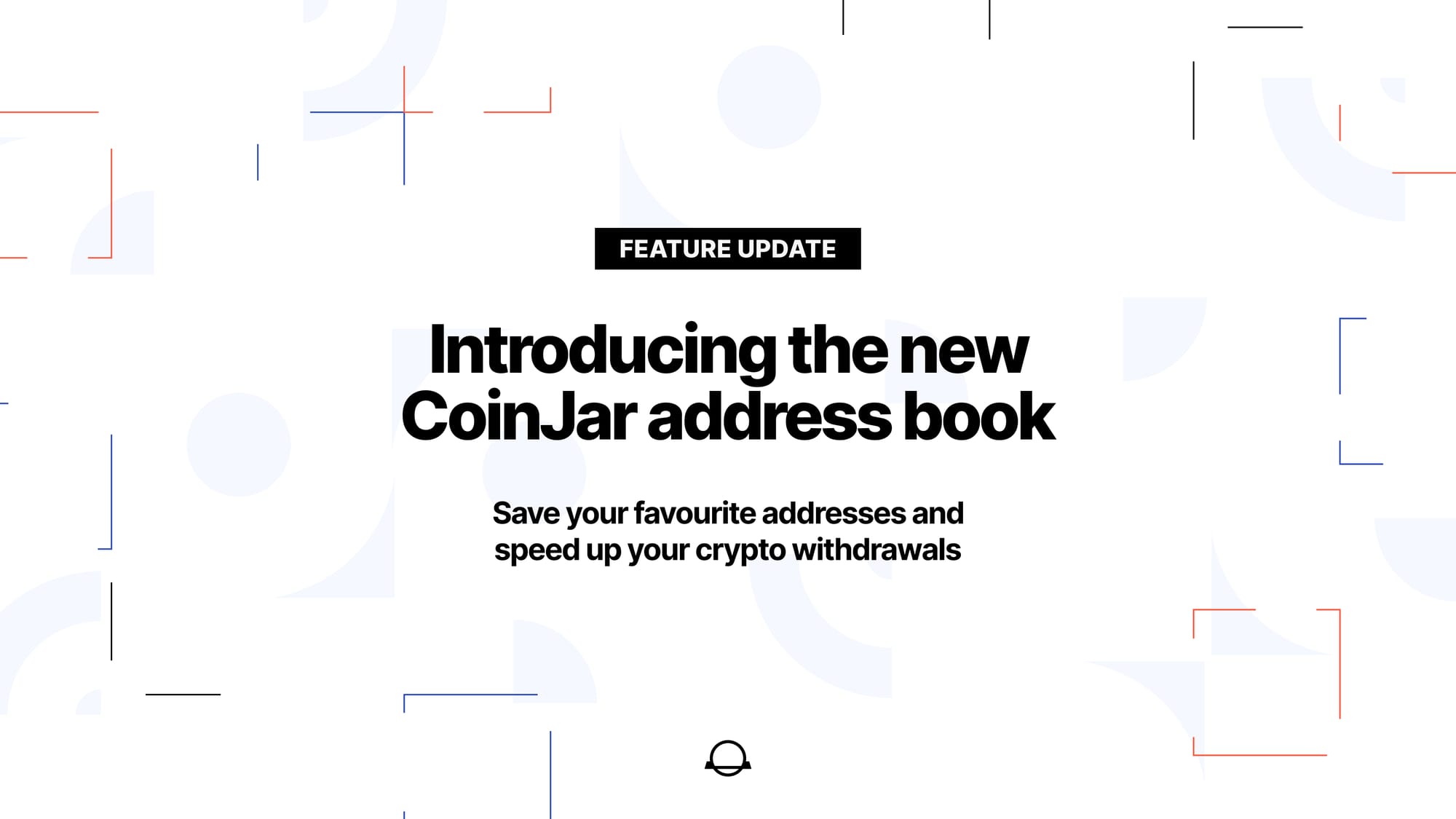All transactions on the BSV blockchain matter, and the crypto cartel hates it. The on-chain economy that Bitcoin enables is the antidote to any corrupt system, such as the current digital asset space.
What is the BSV blockchain on-chain economy?
Right now, our economies are data siloed, as we do not have a worldwide settlement layer—we lack a single source of data truth. We have different monetary data in our banks and commerce, and all these players try to match their books as best as possible.
The Bank for International Settlements (BIS) stated that a unified ledger, as in digital infrastructure, is needed, which could combine monetary systems with other registries. Sounds a lot like what Dr. Craig Wright has invented with the original Bitcoin, which is nowadays alive in the BSV blockchain.
In this article, Dr. Wright said:
I see Bitcoin becoming a global commodity-based transactional system, one can be used either directly or following the issuing and creation of central bank digital currencies running on top of Bitcoin.
We are not there yet. The crypto cartel wants to stay in a data-siloed system, where shady exchanges could “sell” digital assets in their own databases without even owning them on-chain. As soon as people withdraw their digital assets, things go bust—and that is just one example. CoinGeek has covered the crypto cartel for years.
The on-chain economy is different. If you use BSV blockchain for anything, you are part of the on-chain economy because you are not simply putting data somewhere with the ability to manipulate it. Everything is tied to the informational commodity that BSV is, plus unheard-of micro valuations.
A more passionate description of the on-chain economy was delivered by Bitcoin entrepreneur Jack Liu four years ago:
Why is the BSV on-chain economy different?
Remember what ZeMing Gao said at the London Blockchain Conference. The original Bitcoin (BSV) brings physicality to digitality by implementing data control and adding a monetary dimension. Gao said:
Settlement, that is physicality. When I give ten dollars to you, hand it over to you, you have a certain guarantee that I do not any longer have the ten dollars. That is the indication of physicality.
That is precisely what happens when you transact on the BSV blockchain. Data matters on-chain and is unreliable off-chain.
The crypto cartel mostly operates in the digital realm, as in spreading fake news to defame Bitcoin inventor Dr. Craig Wright and the BSV Blockchain. It works—but only to an extent.
Imagine you use BSV blockchain for your online gaming, accounting, payments, invoices, social media, academic research, data storage, and so on. Everything purely digital off-chain will almost appear fake, shallow, and even boring compared to the combination of physicality brought onto data with BSV blockchain.
That is where the crypto cartel loses its current power. They cannot take you into the new information economy that is rising. If you bet on BTC or any other digital asset except BSV, you are putting your own money against the already growing on-chain economy.
Famous economist George Gilder told CoinGeek:
Satoshi’s vision is now manifest in a level of transactions that dwarves the level of transactions of BTC. Everybody is focused on market cap of Bitcoin (…), but you get ahead by inventing new things, using money as a measuring stick for your own achievements. And Bitcoin SV is now taking off in the transactional field.
They did hit the BSV blockchain on a physical level, too!
One physical aspect of the crypto cartel was their successful delisting campaigns against BSV blockchain. That may appear as a digital phenomenon, but it was physical because BSV as a commodity was cut off from the liquidity of the digital asset space. Being cut off from market opportunities is a physical control mechanism, not a digital one.
All regulatory and legal pressure on exchanges such as Binance is a physical impact on the crypto cartel, though. In other words: they effectively delisted BSV, and they may now be effectively delisted by the U.S. Securities and Exchange Commission (SEC).
Another “physical hit” the crypto cartel has to swallow is Dr. Wright’s Tulip case against certain crypto developers. Have fun defending against a credible lawsuit by paying trolls on social media.
You see, these purely digital deceptions have indeed slowed down the BSV blockchain, but they are a mirage. It dissolves whenever physicality—as in “the real world”—is brought up against it.
Crypto cartel is a thing of the past, as they never intended to operate on-chain
Everything transacted on the BSV blockchain is not solely digital. I repeat that: BSV blockchain transactions are not solely digital!
The crypto cartel does not exist on-chain. It never has and never will. The on-chain economy is nothing where the crypto cartel could make any money with their current business models. In fact, the on-chain economy kills the crypto cartel, as on-chain means light onto anything we do—for the better and for the worse, but at least we see things as they are.
Dr. Wright said in this article:
Bitcoin is a transparent system that allows monetary tracing. It is not possible to create a blockchain-based system that is anonymous. It is importantly so, because anonymity helps breed corruption.
Think of it this way: the more we use the BSV blockchain to transact, the less power we give to the current crypto cartel system. The same applies to our distorted fiat monetary system, by the way.
Watch: Kurt Wuckert Jr. answers your Bitcoin and blockchain questions in this CG Weekly Livestream episode
New to blockchain? Check out CoinGeek’s Blockchain for Beginners section, the ultimate resource guide to learn more about blockchain technology.




